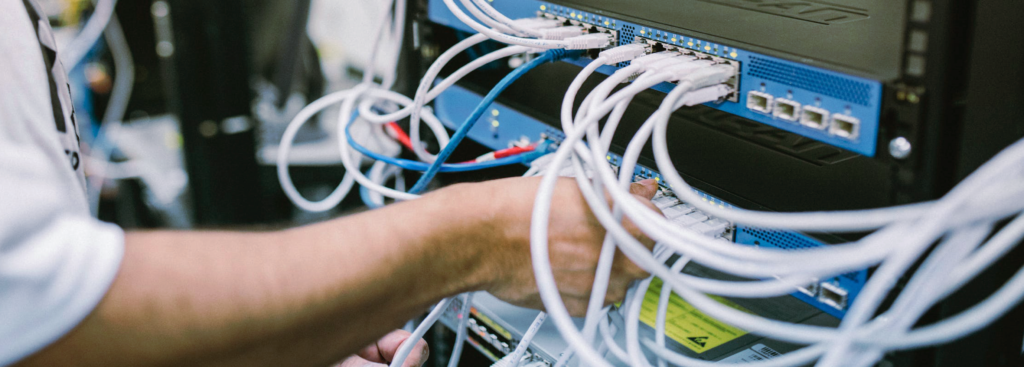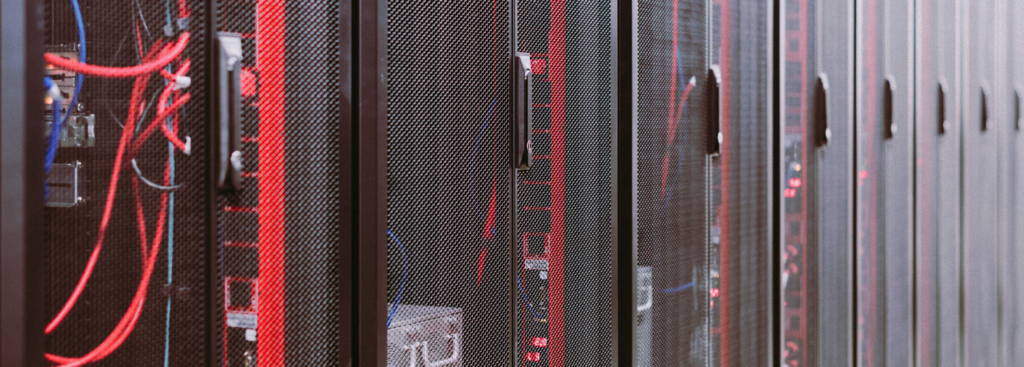At Saxons IT, we have frequently written in detail about many different types of cybercrime, online scams, and breaches. As the world becomes increasingly digitised, cybercrime is becoming more rampant. From small businesses to large corporations, no one is immune to cyberattacks. Here, we will provide a brief overview on what you can do to protect you and your business.
What is Cybercrime?
In today’s digital age, cybercrime has become an increasingly prevalent threat to individuals and businesses alike. Cybercrime refers to any criminal activity that takes place online or involves the use of computer technology. Cybercriminals use various techniques to gain unauthorised access to systems, steal data, and disrupt operations. This has become a sophisticated industry – with criminals using advanced tools and tactics to carry out their attacks.
With the rise of social media, e-commerce, and other online platforms, cybercriminals have more opportunities than ever before to exploit vulnerabilities and gain access to sensitive information. The impact of cybercrime can be devastating, resulting in financial loss, reputational damage, and even legal consequences. As technology continues to evolve, it’s crucial that we stay informed and take proactive measures to protect ourselves and our digital assets from cyber threats. In this article, we’ll explore the various types of cybercrime, the methods used by cybercriminals, and the steps we can take to stay safe online.
There are several types of cybercrime that businesses should be aware of. Here are some of the most common ones:
Phishing
Phishing is a type of cybercrime where hackers use fraudulent emails or websites to trick individuals into revealing sensitive information such as passwords or credit card details. These attacks often appear to come from a trusted source, such as a bank or a reputable company, making them difficult to spot.
Malware
Malware is a type of software designed to damage or disrupt computer systems. It can be spread through email attachments, downloads, or by exploiting vulnerabilities in software.
Ransomware
Ransomware is a type of malware that encrypts files on a computer or a network, making them inaccessible to users. Hackers then demand a ransom payment in exchange for the decryption key. These attacks can be devastating for businesses, leading to significant financial losses and disruption of operations.
DDoS Attacks
A Distributed Denial of Service (DDoS) attack is a type of cybercrime where hackers flood a website or a network with traffic, making it inaccessible to legitimate users. DDoS attacks can be carried out using botnets, which are networks of compromised computers that can be controlled remotely.
Tips to Avoid Cybercrime
- Stay vigilant! Always check email addresses on your incoming emails and ensure they’re legitimate.
- Avoid clicking links and buttons in your emails, especially from unknown individuals.
- Have antivirus installed on your devices.
- Ensure you use two factor authentication wherever you can.
- Always use different and complex passwords across your accounts, using a Password Vault can help you stay on top of your details.
- When browsing websites online, ensure the address bar contains HTTPS and not just HTTP.
- Educate your employees on the risks of cybercrime, and conduct regular training.
- Regularly backing up your data can help protect you from ransomware attacks. If your data is backed up, you can restore it from a backup instead of paying the ransom.













